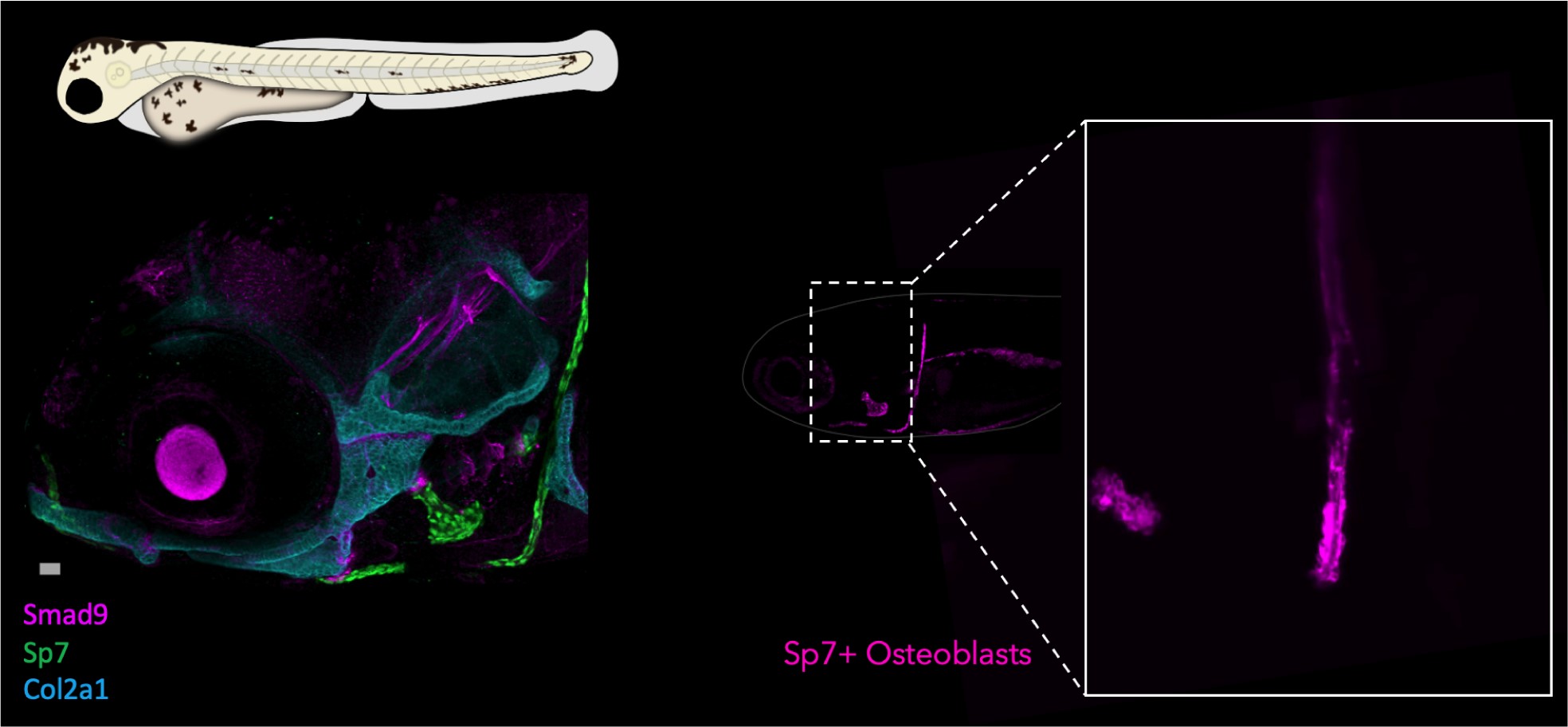Healing and Regeneration
Overview
The cellular and molecular mechanisms underpinning tissue repair and its failure to heal remain poorly understood, and current therapies are relatively limited. Poor healing after trauma, surgery, acute illness, or chronic disease conditions affects millions of people worldwide each year. To identify clinical strategies that might improve the body’s natural repair mechanisms requires a full understanding of the basic biology of repair and regeneration. Investigators in our school study the cellular processes that underpin repair and regeneration in a number of contexts.
Research under this theme includes,
- Modelling cardiac and skin injury responses and the role of the immune system in these tissues and processes.
- Studying repair of fractures.
- Studying musculoskeletal homeostasis and ageing.
Work in this theme is highly interdisciplinary and we collaborate closely with, biochemists, population health experts, engineers, physicists, mathematicians and clinicians.

